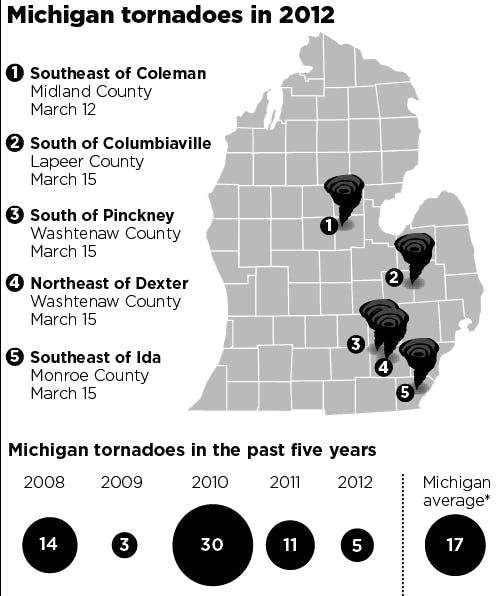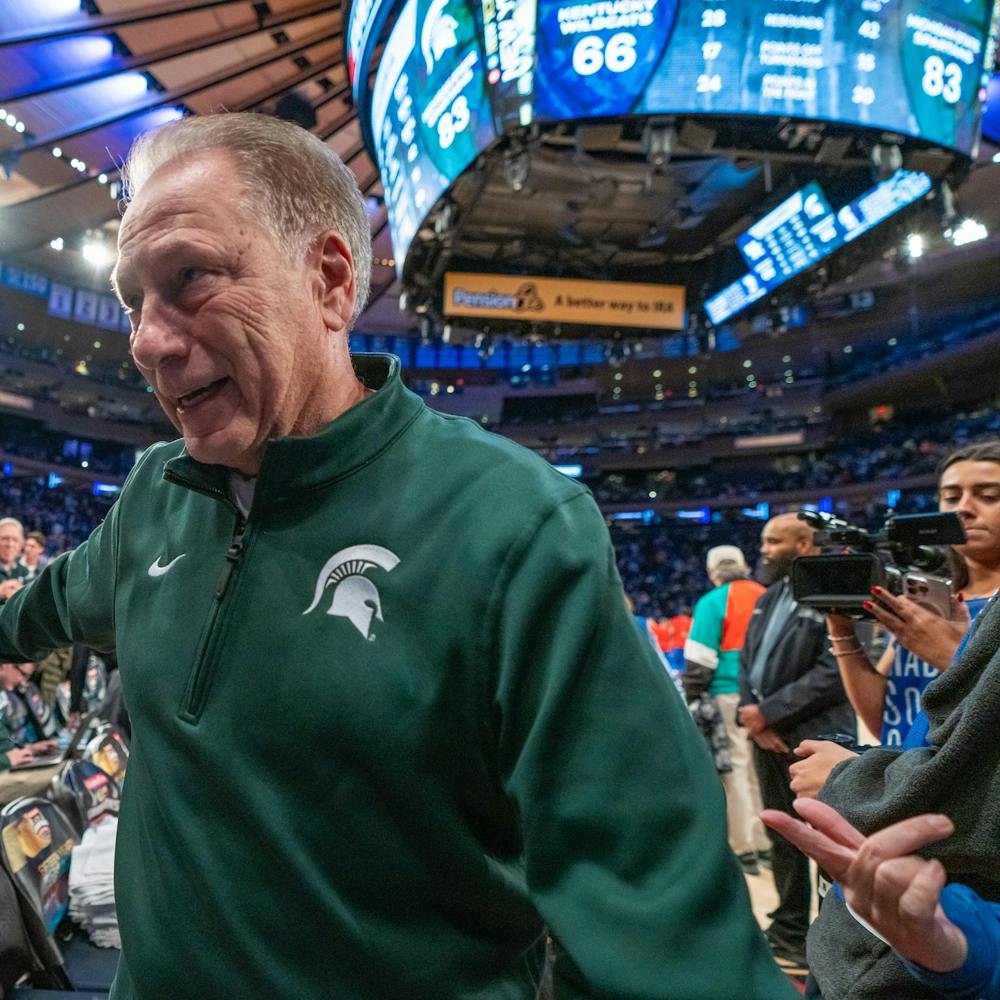Robert Spiegel called his mom to make sure she was doing OK after hearing reports of a tornado in Dexter, Mich., on March 15 — about 65 miles from MSU.
“It hit our neighborhood, and the house right across the street from us was completely gone to the foundation,” the finance junior said, adding his mom was safe in the basement.
Much of lower Michigan, including East Lansing, might not traditionally be prone to twisters, but a recently published study argues the area is being considered more susceptible to tornadoes.
CoreLogic, a California-based company that provides financial, property and other information to clients, recently published a study expanding the area of “Tornado Alley” to much of the eastern half of the U.S., including southern lower Michigan.
Contrary to popular belief, as the study describes, many tornado touchdowns occur outside the central plains, which includes Iowa and Kansas. And in recent years, confirmed reports of damage by tornadoes also have been on the rise, resulting in millions of dollars of damage. These factors are producing a higher risk for states including Michigan, according to the study.
The Midwest, South and much of the eastern U.S. has experienced several tornado outbreaks this year. About 400 tornadoes have been recorded for 2012 so far, second to 2008 which had about 540 tornadoes at this same time, according to the National Weather Service.
Five tornadoes have been confirmed this year in Michigan, a state that typically experiences 17 tornadoes each year based on a 30-year average.
The Lansing area experienced tornado touchdowns in 2007 and 2008, but none have been reported yet this year.
The Dexter storm was unusual given the late springlike conditions, said Nick Schwartz, a meteorologist at the National Weather Service in Gaylord, Mich.
Winds between 135-140 mph went through the Spiegels’ neighborhood, but he said his house escaped with only a hole through the roof.
Bob Drost, an MSU geological sciences research assistant, also said he thinks the spring season’s weather has gotten off to an active start.
“All the right ingredients have been there, … (and) that’s what’s spawning these outbreaks,” he said.
These ingredients include warm, moist air; cool, dry air and wind shear to get the storms spinning, he said. The problem is, it is difficult to predict when the ingredients will come together.
Although the conditions have been ripe, Drost said it’s almost impossible to predict the future of tornadoes in Michigan given recent trends.
“As far as a definitive reason why (these storms are happening), you really can’t say,” he said. “Unfortunately, like hurricanes where you make seasonal predictions, you can’t do that with tornadoes.”
Support student media!
Please consider donating to The State News and help fund the future of journalism.
Discussion
Share and discuss “Early spring conditions spark tornado activity throughout state” on social media.






